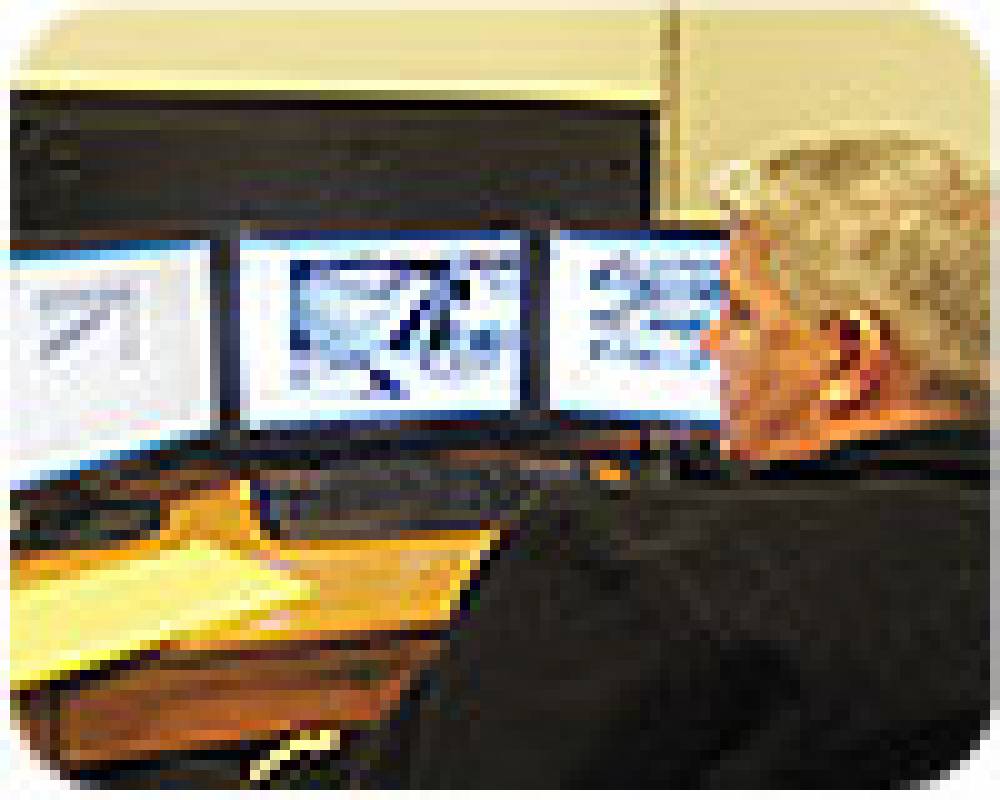Extra Funding, Extra Bid Help School District Gain a 'Mega'-Security System

Extra Funding, Extra Bid Help School District Gain a ‘Mega’-Security System
Although when bidding for work, security dealers and systems integrators must price the equipment and work specified, nothing prevents them from suggesting a different system than the one requested by submitting an alternate bid. That is what American Digital Security (ADS), Liberty, Mo., did when it submitted a bid to a school district in Union, Mo., near St. Louis, to provide security at the high school, one middle school and three elementary schools. The result was that the schools now are receiving better security than they originally requested. “It’s an unbelievable system we’re putting in the Union School District for an unbelievable price,” maintains Ken Richards, regional sales director for American Digital Security’s St. Louis region. “It’s all Internet protocol cameras, all megapixel and multi-megapixel cameras — all the newest technology.” But the school district’s original request for proposals did not specify this system. “When Union put out a request for proposals, they went with equipment that was familiar to them, and it was an analog system, the same system that has been out for many, many years,” Richards explains. “Our company is doing a lot of work with the new high-definition megapixel cameras,” Richards relates. “I explained this to them and submitted both an analog and an IP proposal.” Jeff Van Zee, director of facilities and operations for the Union R-XI School District, Mo., emphasizes that ADS had the lowest bid. “ADS was the lowest analog bid; that gave us the opportunity to talk about the megapixel system. If they had not been the lowest bid it would have been tough to go there, because we go with the lowest bidder,” Van Zee notes. “Once they won the bid, we started doing some searching into megapixel systems.” The district’s IT specialist and school resource officer went to St. Louis to inspect similar video systems that were installed at several gas stations. “We got to see them in action and see how they work,” Van Zee relates. “We were impressed with them and we decided to go with that alternative bid system. It was still below the bids of the analog systems from the other vendors. That’s a win/win situation.” The Union, Mo., police chief alerted the school district last July to a matching federal grant for school safety and even volunteered two of his police officers, Kevin Anderson, who works as the school resource officer, and Rick Neace to prepare the grant application on short notice. The bid enabled the school district to practically double its money on the upgraded security system, which was completed this month. “We turn in our bills, and we get 50 percent back through the grant,” Van Zee says. “It turned our $125,000 into $247,000 — twice the bang for the buck.” Richards estimates the new system is up to six times better than the one specified in the request for proposals, but costs approximately 30 to 40 percent more. “As far as picture quality, it is over 300 percent better than even a high-end analog camera; it’s three times the picture quality alone,” he points out. “The district realized American Digital Security’s system was the best and not that much more expensive.” All the schools except one elementary school are linked by fiber-optic cable. Cameras can be viewed remotely over the Internet by authorized personnel or police from outside the building. The high school has its own server center security room with three 19-inch LCD monitors, and the middle school has two monitors in its security room. These are separate systems. The high school has approximately 50 cameras inside and 20 outside. “The cameras cover pretty much the entire facility — the hallways, every entrance, the gym and the cafeteria,” Richards lists. “Every single camera is basically a PTZ,” Richards maintains. “It has to do with their image quality. You can pan, tilt and zoom in each image live or recorded.” The middle school has 42 cameras that cover every entrance, most of the hallways and corridors, stairwells, the cafeteria and the outside perimeter of the building, reports Jeff Vanzee, director of facilities and operations for the Union School District. One of the elementary schools has a server and three cameras on site, and the other two elementary schools have one camera each showing the front entrance and office. This keeps a record of those entering and exiting the school, because it is the only entrance that is unlocked from the outside. “Anybody who is going to enter that building is going to come through that door,” Richards insists. Because of the high-definition, megapixel cameras used, both the front entrance and the office can be included in the same single-camera view. Van Zee emphasizes the importance of security in the educational setting. “A kid has to feel safe before they’re able to learn,” he points out. “We just want to make sure every student in our school district feels safe, and we can give them the best possible education that we can.”














